Ten Things to do in the Netherlands (Part 1)
You may have seen a glimpse of Amsterdam through the eyes of Augustus and Hazel in John Green’s The Fault in Our Stars.
Known for its pristine canals, A-frame brick houses, and caramel stroopwafels (waffles), this bustling city sees about two hundred tourists every year.
Amsterdam houses several Instagram-worthy art museums, shopping boutiques, and other tourist-y attractions.
But my family and I embarked on a different journey, during our four-day Holy Week trip around the Netherlands.
Instead of following the usual tour routes, we decided to learn more about the culture and heritage of the country through an “off-the-beaten-track tour” hosted by the Amsterdam Odyssey, a private tour company. The Amsterdam Odyssey is owned by Eva von Dijk and Hanneke Vroegindeweij, who toured us around the beautiful city.
We did a lot of walking; we even wore thick jackets to withstand the freezing ‘zero degree’ temperatures- especially at night. For the record, I wore 5 layers- thermals, a shirt, a sweater, a Uniqlo Heattech jacket and a plaid scarf- to keep warm.
We immersed ourselves in the daily lives of the Dutch locals who were only too kind to welcome us into the fold.
Discovering Amsterdam with an open mind has radically changed my perspective of cultural tourism. Oftentimes, tourists visit other countries, only to tour one area, which is most likely the city or the financial hub of the country. But I learned that without a view of the details hidden in the periphery, I will never be able to get a full picture of anything.
To appreciate a country, one must truly immerse in its culture. And that’s what we did.
These are the ten things we did in the Netherlands:
1. Bask in the scenery
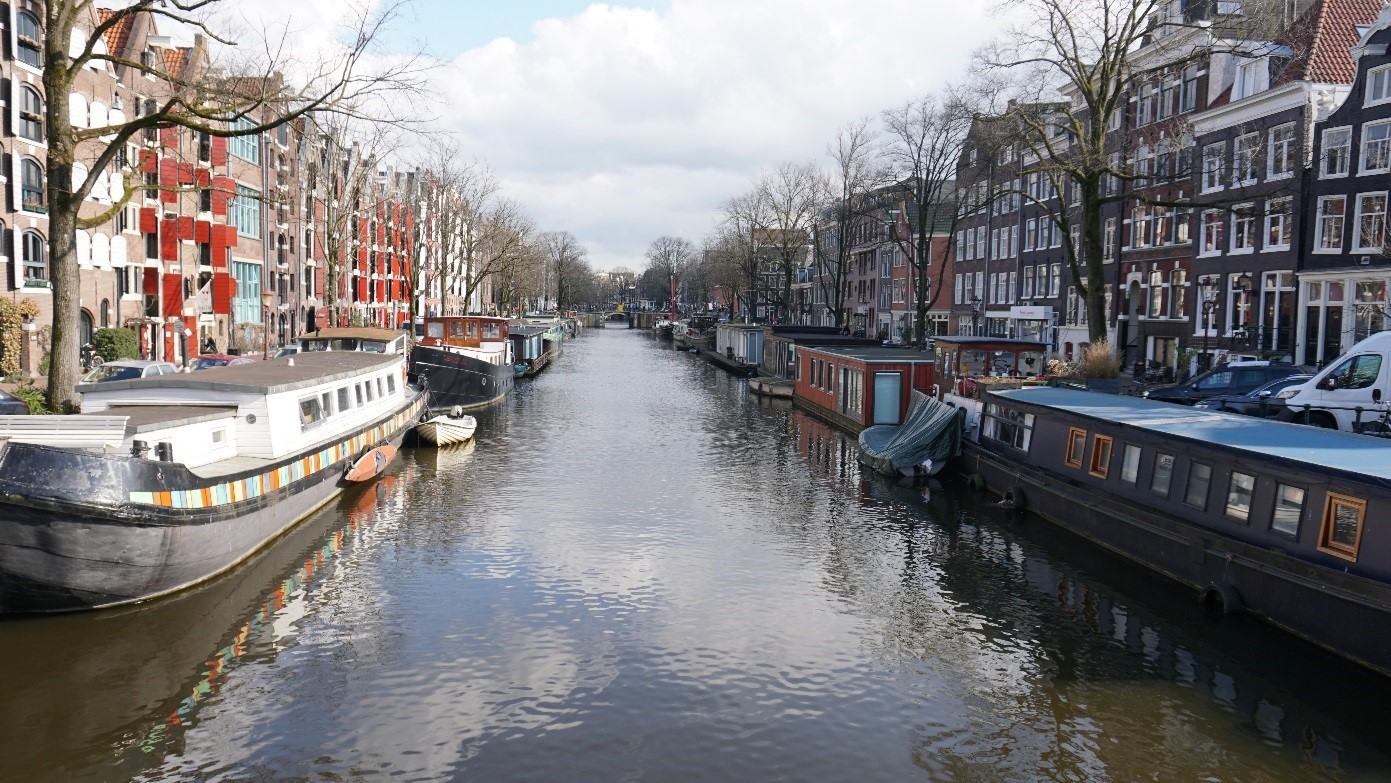
NOT A GREEN SCREEN: Two rows of brick houses overlook a pristine canal in Amsterdam.
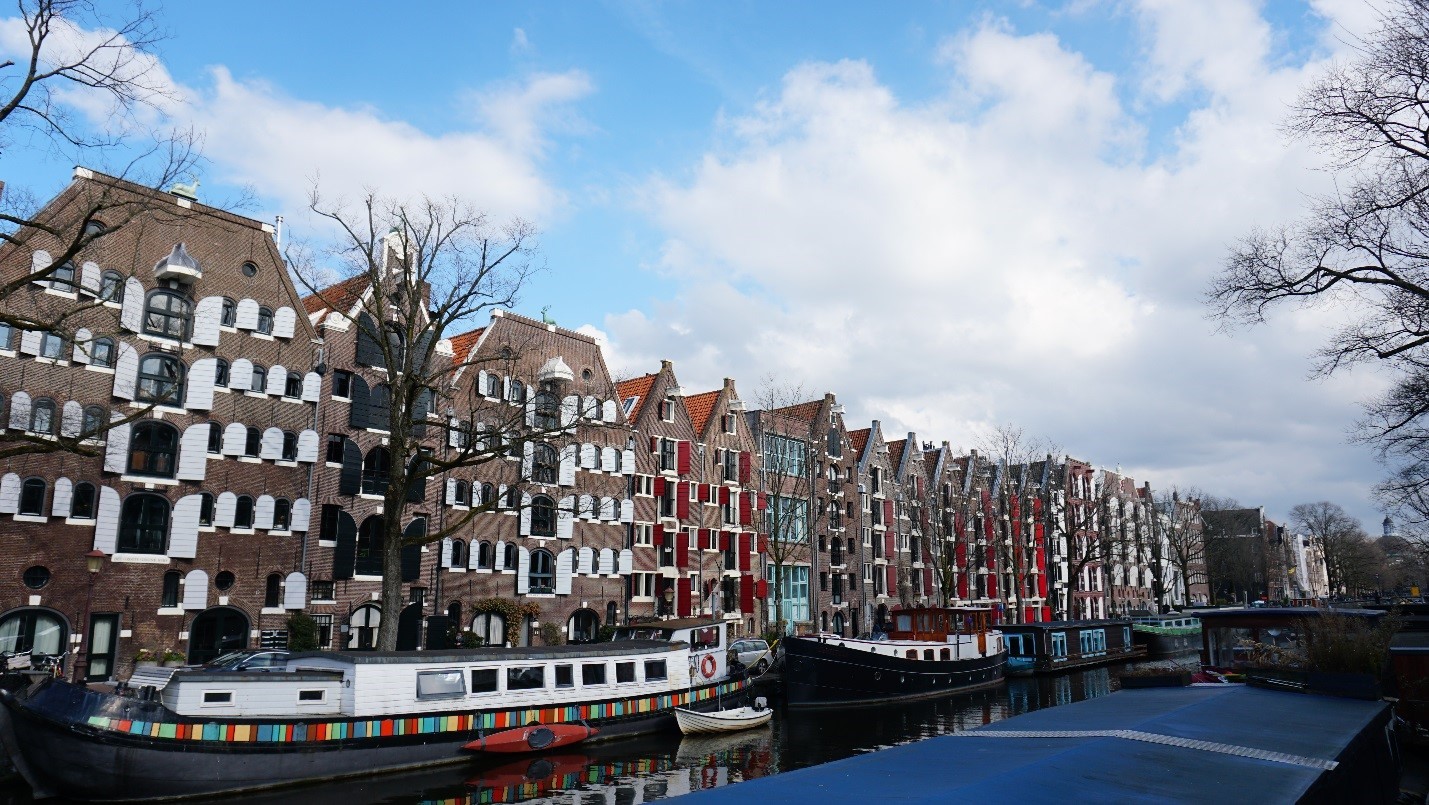
Warm colors against blue skies.
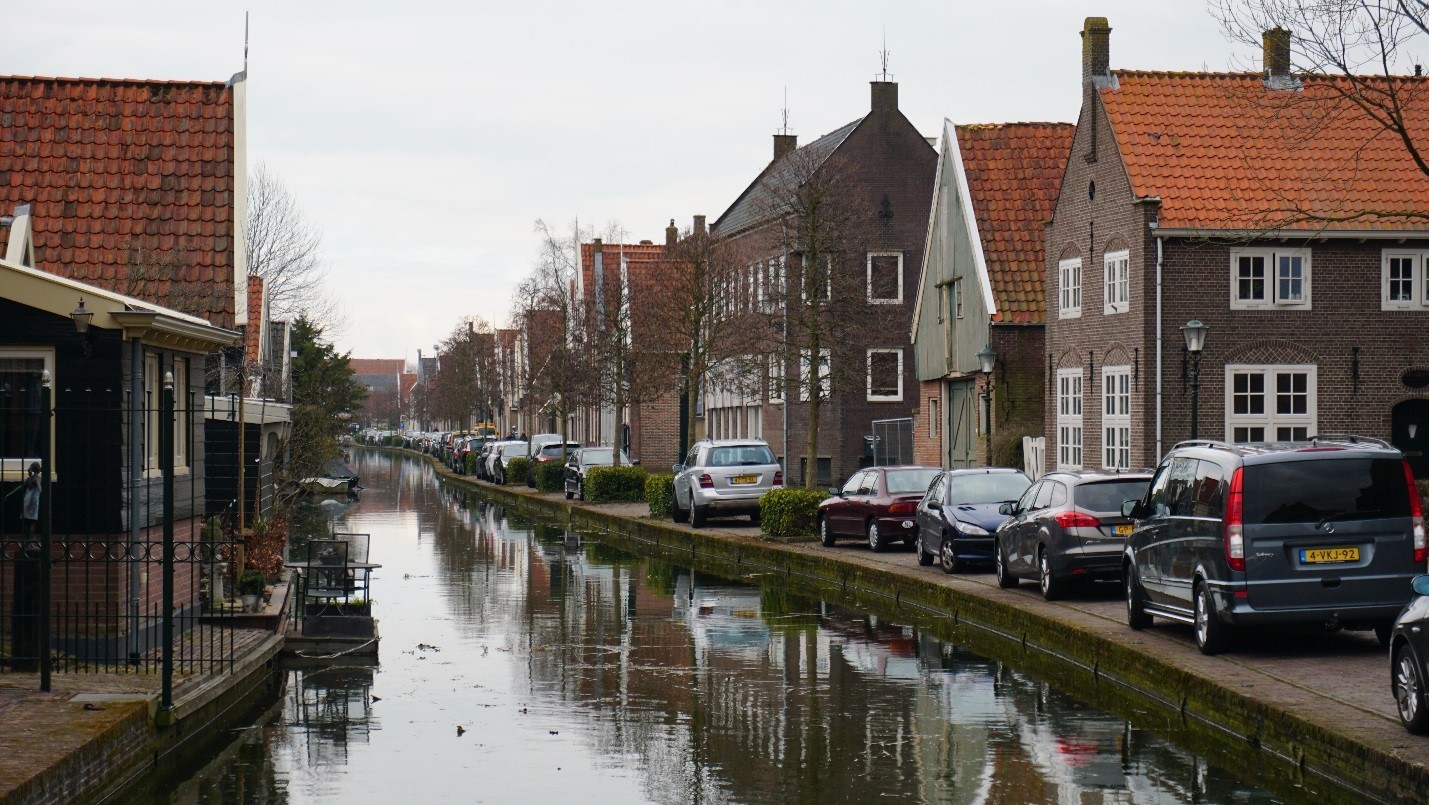
A picturesque view of the rural North, where brick houses are spaced apart.
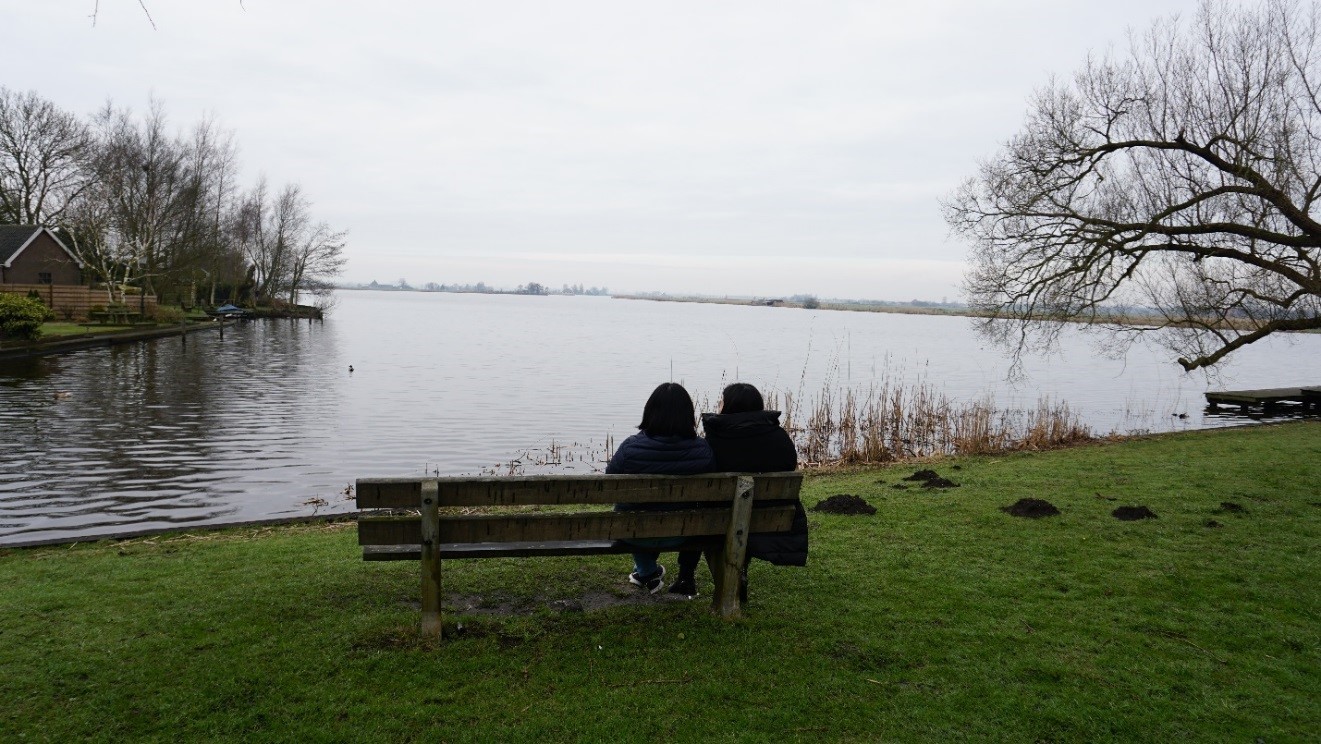
The author (left) and her sister Christine (right).
2. Tour a house built around a windmill.
A trip to Amsterdam would never be complete without seeing the iconic windmills. These windmills convert the winds’ kinetic energy into electrical power for various activities, such as milling grain or pumping water.
During our trip to rural north Amsterdam, we visited a windmill with a house built inside of it. The ‘millers’ who owned the place, Ger and Tineke Meinema, have been living inside the windmill-house for their entire lives.
Since Amsterdam is a flood-prone country where their dykes can only withstand as much sea water, the Dutch government commissioned Ger and Tineke to continuously pump out the water from the sea, using the power of the windmill.
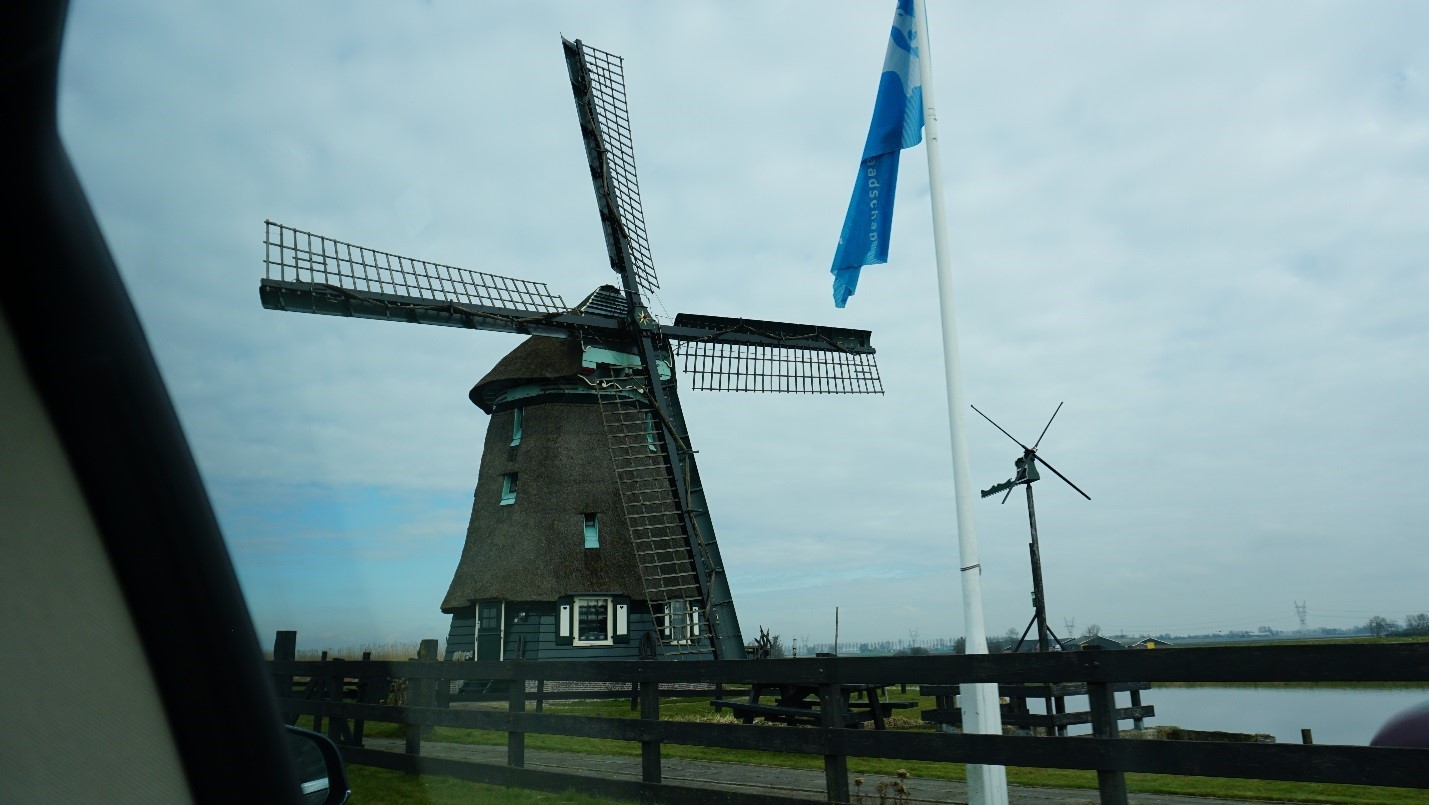
Ger and Tineke’s three-story windmill-house.
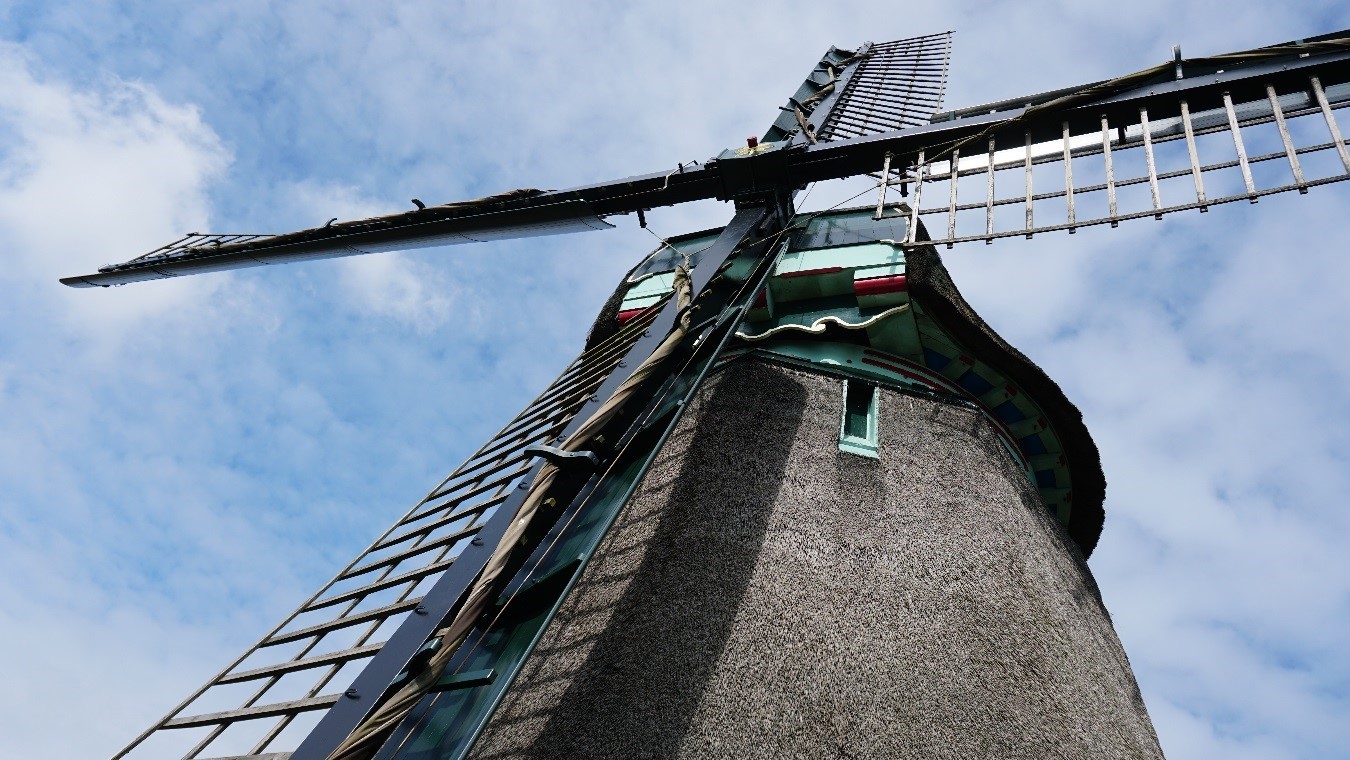
UP CLOSE: Each of the four vanes of the windmill are flanked by sails, which control the power of the wind.
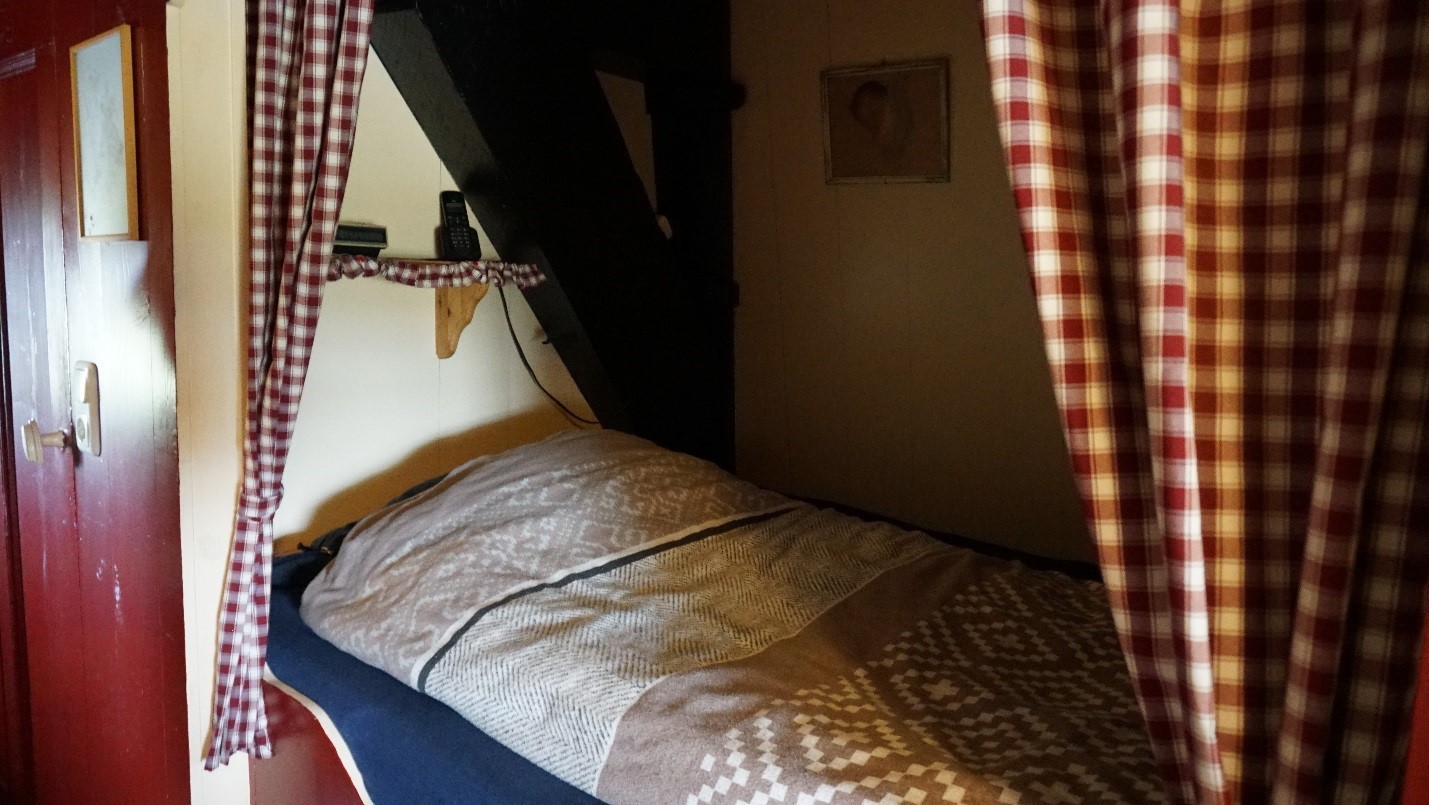
This seemingly miniature bed allows enough room for two people.
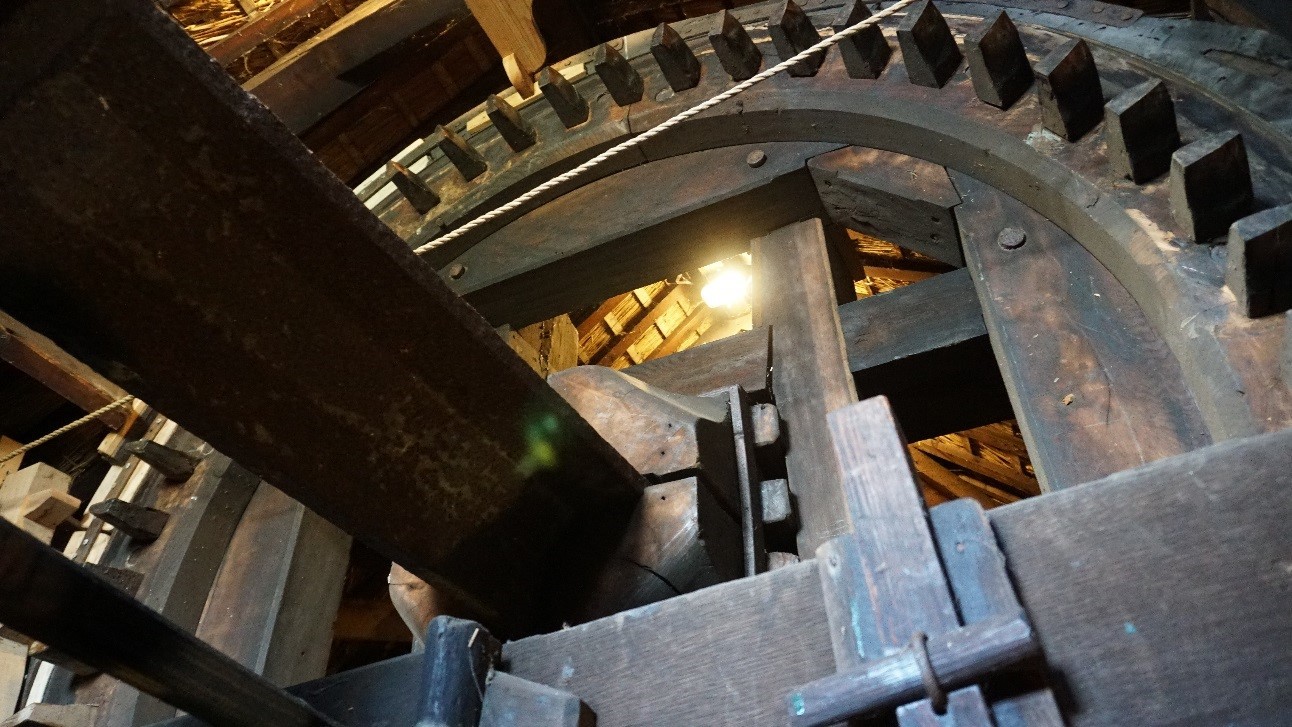
On the topmost floor, in which one can enter through a sliding hatch door, authentic medieval-age windmill gears stand in place.
3. Retrace the life of Anne Frank
Best-selling World War II author Anne Frank lived her entire life in the city of Amsterdam. Many people know that she spent her final years in the secret annex at 263 Prisengracht, where the present-day Anne Frank Museum is located.
While the Anne Frank Museum is very popular with tourists, Van Dijk notes that very few tourists are interested in Anne’s life before she moved to Prisengracht.
By walking around the city, we discovered the Singel neighborhood where Anne and her family used to live, during her elementary years. In the Singel, a bust of the young Anne Frank was built in her honor. Further down the trail was the family’s former house, which is now a refuge for exiled writers sponsored by the Anne Frank Foundation.
We also visited the Boekhandel Jimmink, the bookstore where Otto Frank bought his daughter’s diary. Our tour guides were so sweet that they bought me a diary from the bookstore.
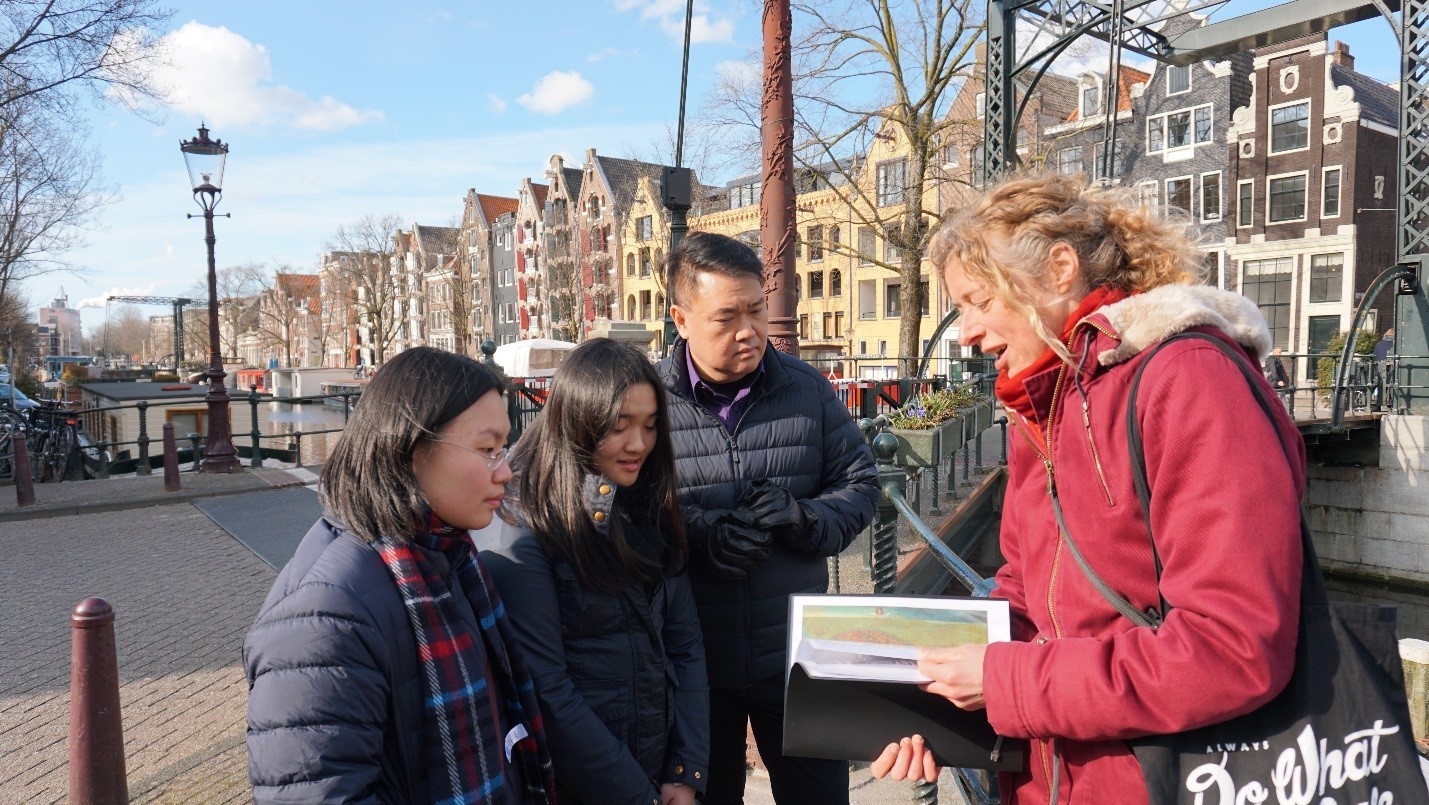
Van Dijk explains the history of Anne Frank to the author and her family.
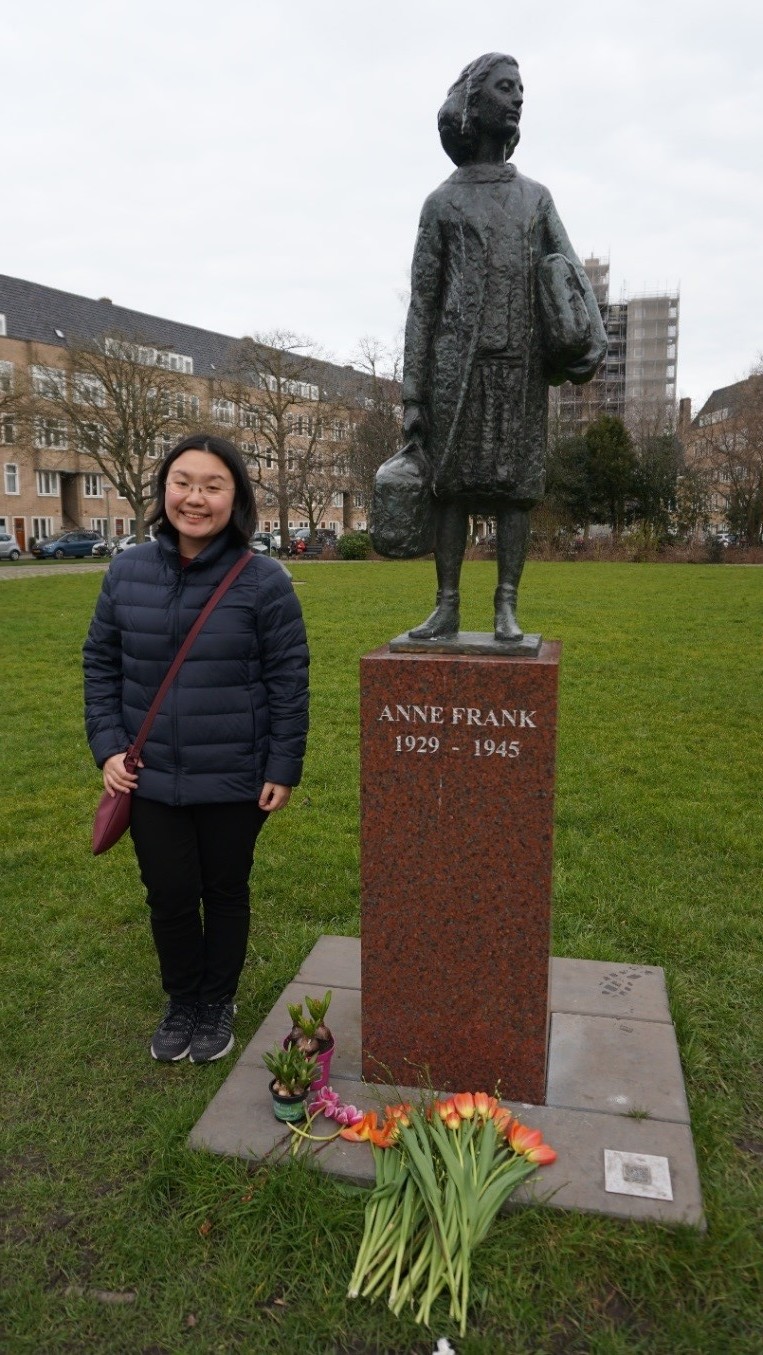
Fresh tulips were placed on the foot of Anne Frank’s statue, turning it into a shrine.
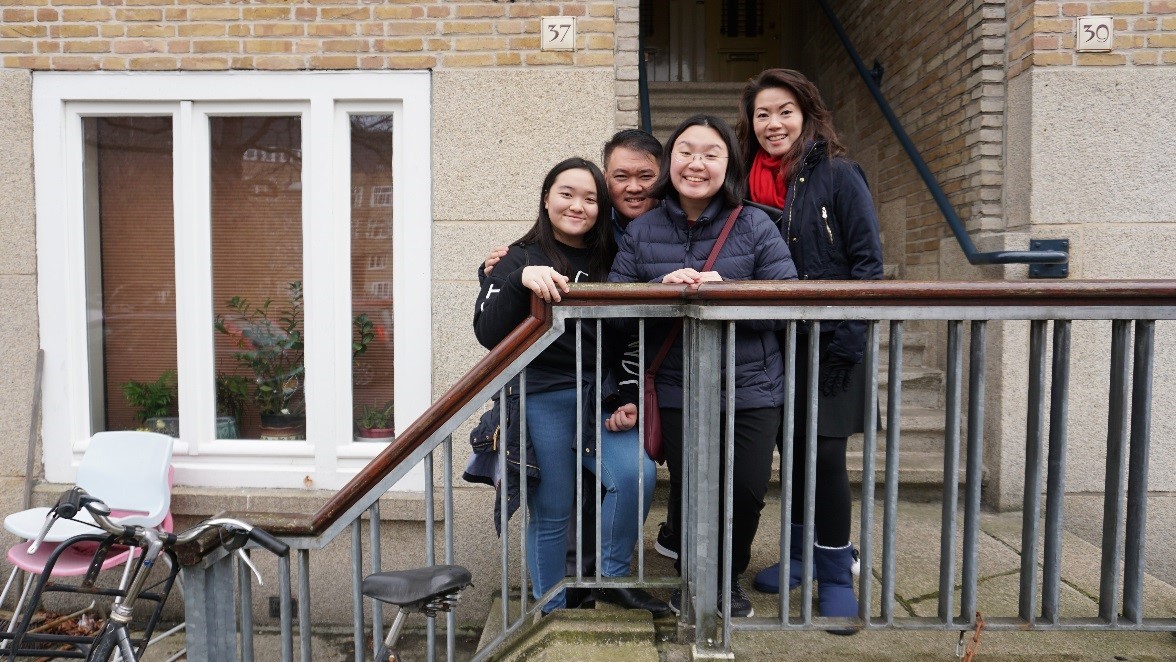
The author and her family stand outside the steps of Anne Frank’s former home.
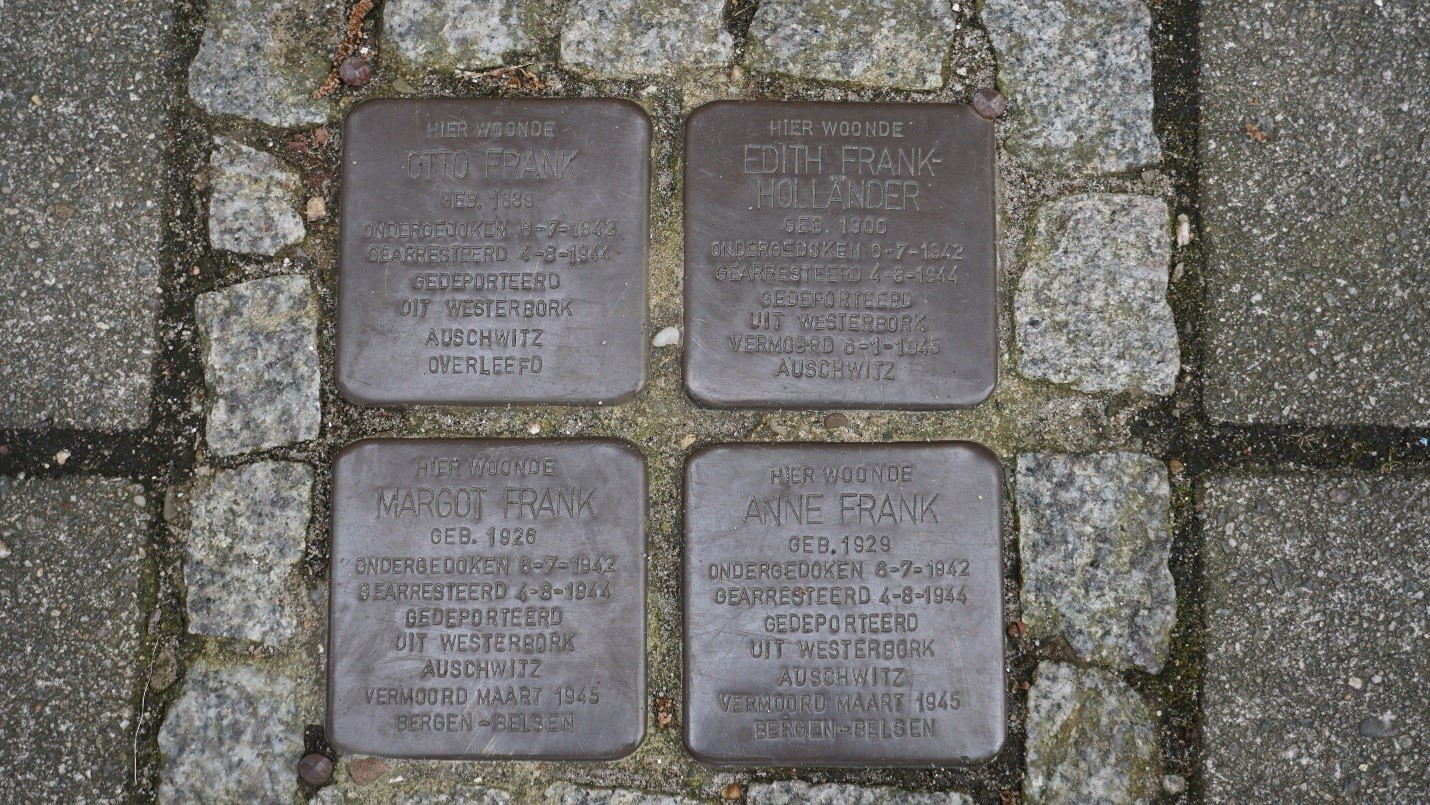
These ‘stepping stones’, which were found outside the Frank family’ former home, wrote that they were sent to the Auschwitz concentration camp during the WW2.
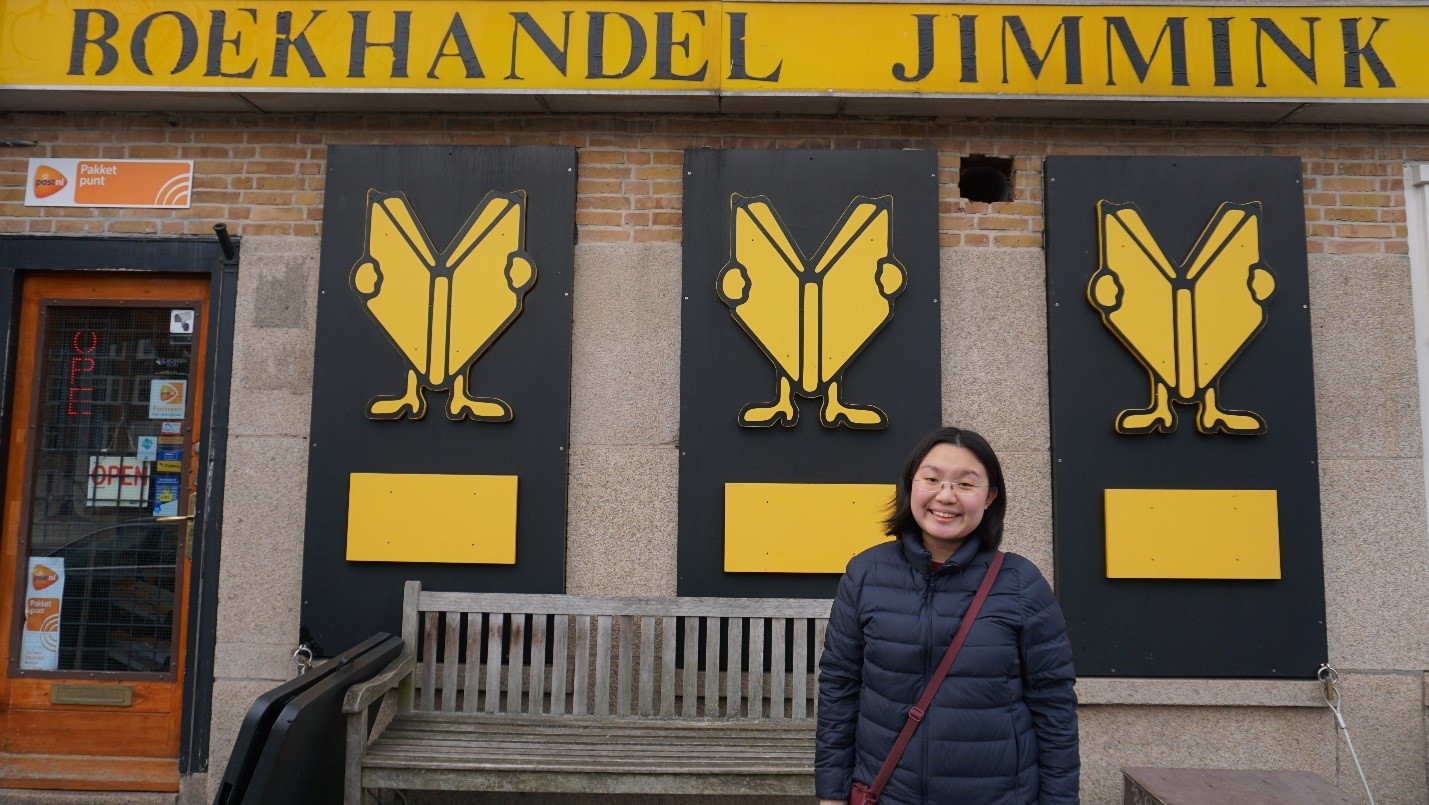
The author visits the Boekhandel Jimmink, which features an entire section dedicated to World War II victims.
4. Sail by the Beemster and Schermer Islands
Known as UNESCO World Heritage sites, the Beemster and Schermer islands in the rural north function as reclaimed sanctuaries to endemic fauna and flora. In that area, people are not allowed to hunt for animals or litter in the surrounding areas.
“To go sailing here, your boat must have a speed of 5 kph, and nothing more,” our local electric boat guide Henry said. Holland.com writes that to sail through the Schermer islands means ‘silently sliding over the water’.
To go faster than the prescribed limit would hasten the breaking away of reclaimed land. Atop the reclaimed lands are houses that each cost more than an apartment in Amsterdam.
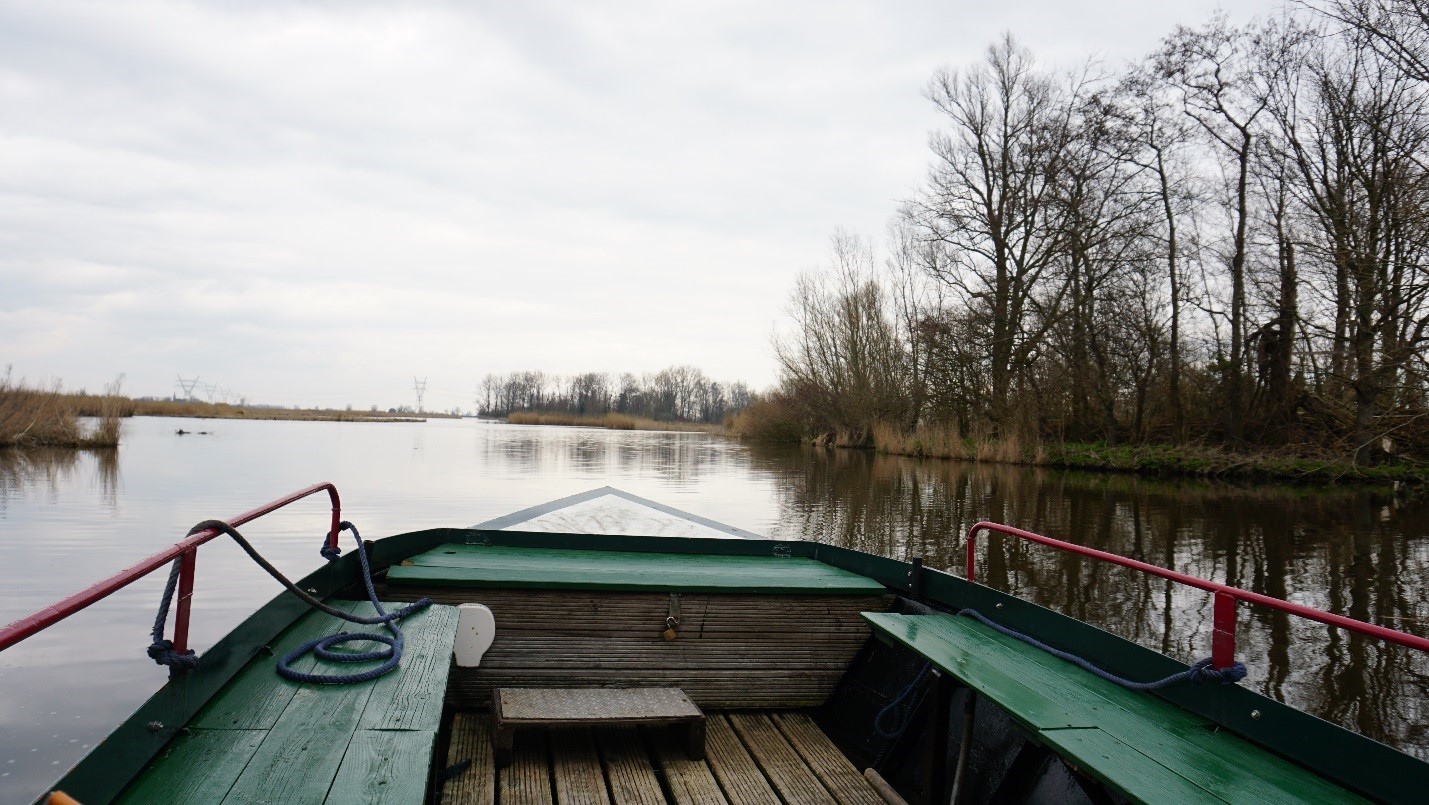
ONE WITH NATURE: The boat ride takes passengers on a journey around the protected conservation site.
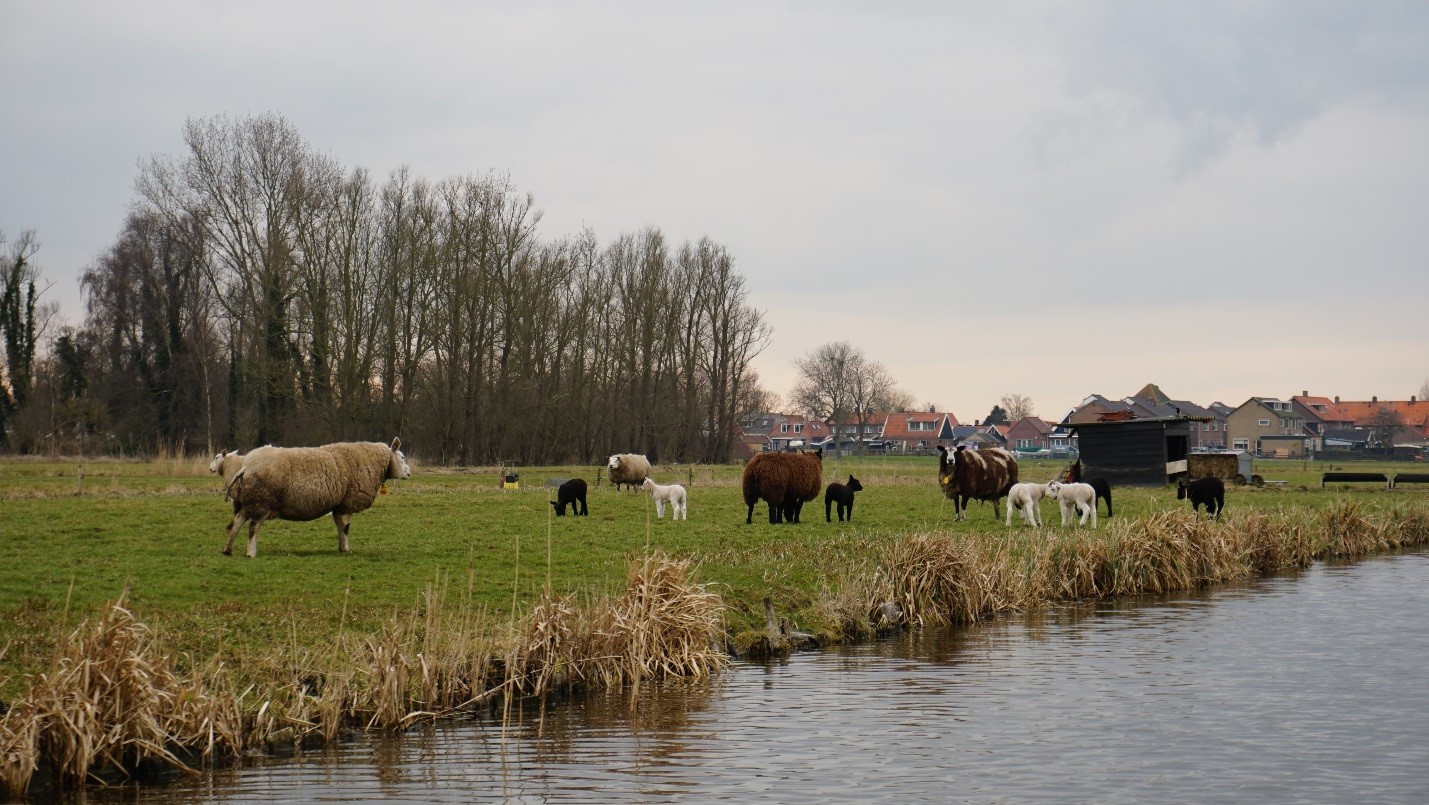
Several sheep and cows graze on an island.
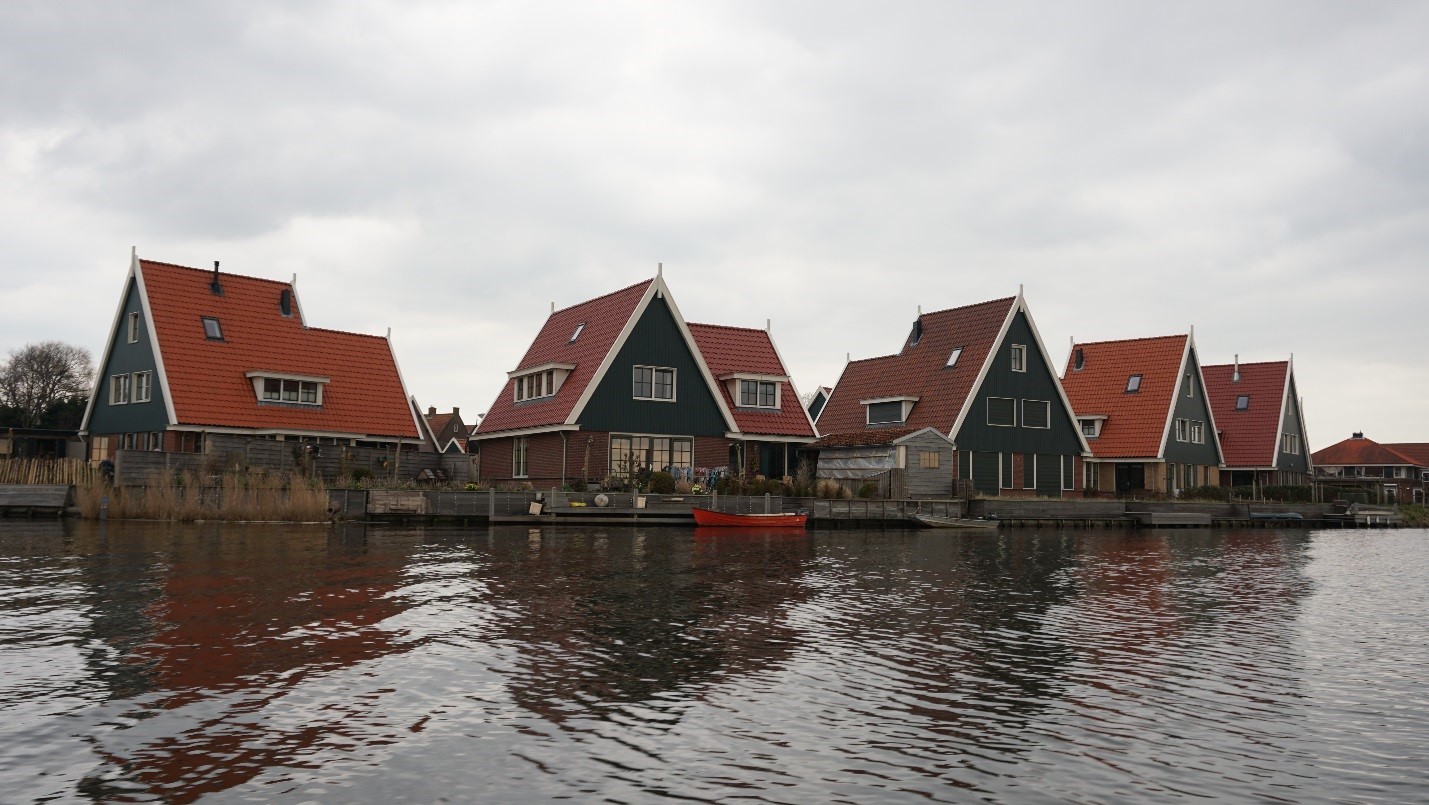
The boat ride takes the passengers through beautiful, historic villages, such as this one.
5. Go on a Dutch Food Trip
The Dutch people used to be seafarers and ship builders. During that time, fish was very abundant- and it continues to be so up until today. It is amazing to see that the Dutch consider salmon, trout and cod as ‘poor man’s food’, when in the Philippines, these are sold for pricey rates.
Dutch breakfasts are often punctuated with thin pancakes topped with powdered sugar, fruit platters, mashed potatoes, breakfast burgers or waffles.
Personally, I liked the Dutch’s take on sandwiches, in which a thick slice of toast is buttered and topped with vegetables and meat. Whenever we ate at cafes, sandwiches were always served in this fashion. Although Vroegindeweij told us that some Dutch people preferred sandwiches with the filling inside two slices of bread.
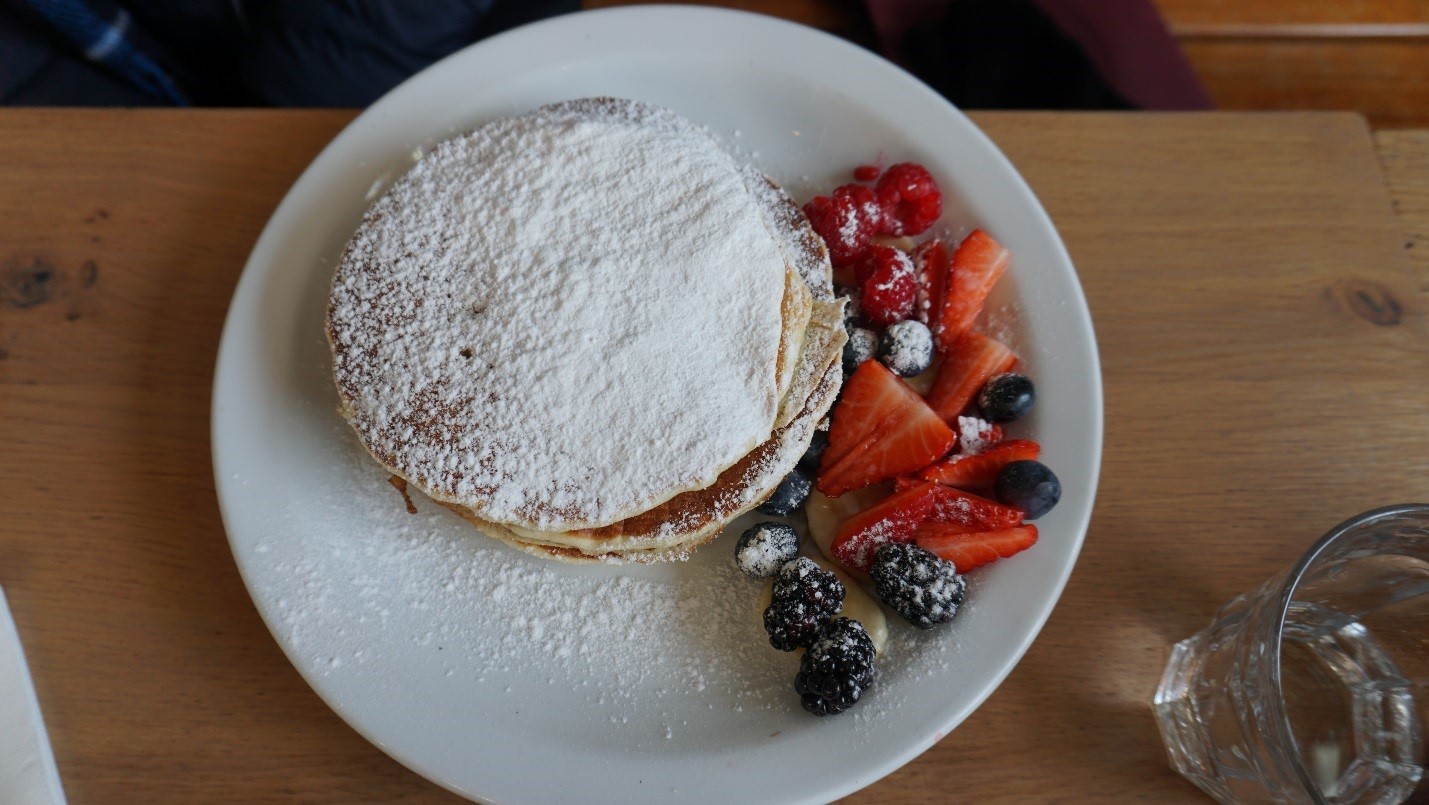
Dutch pancakes at the Amsterdam Breakfast Club are typically eaten with strawberries, raspberries and blueberries.
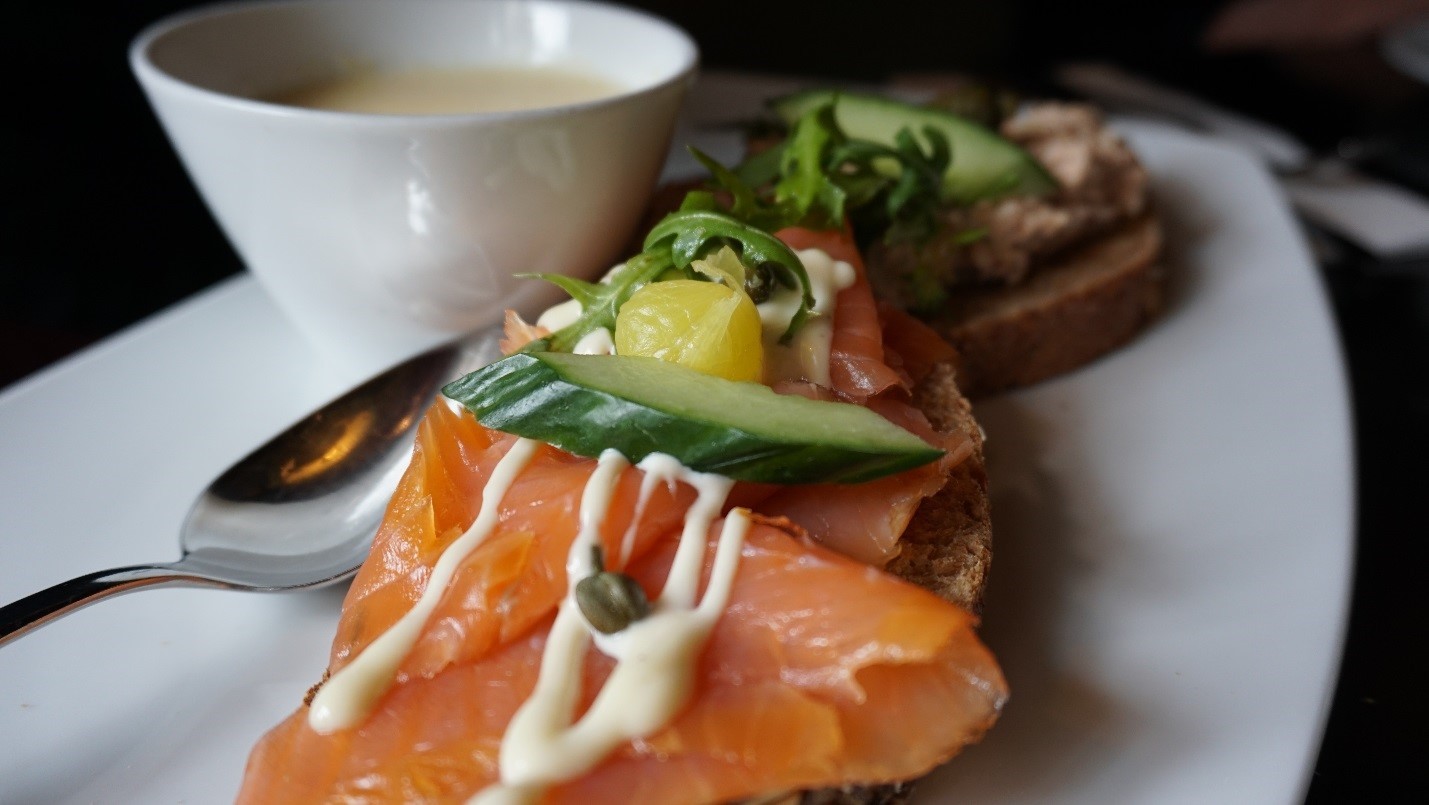
Heaping portions of salmon and tuna toasts are served at Het Wapen Van Munster, de Rijk.
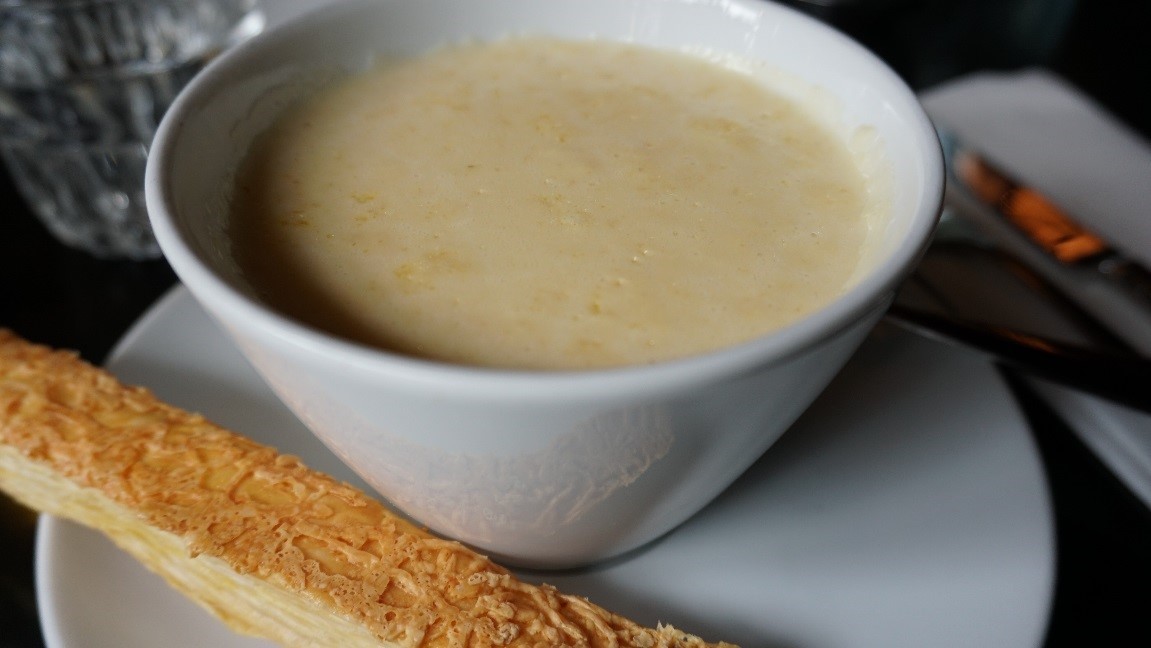
CHEESE LOVERS REJOICE: This Beemster cheese soup is too good to be true.
Photo gallery
Content available in other languages
Want to have your own Erasmus blog?
If you are experiencing living abroad, you're an avid traveller or want to promote the city where you live... create your own blog and share your adventures!
I want to create my Erasmus blog! →
























Comments (0 comments)